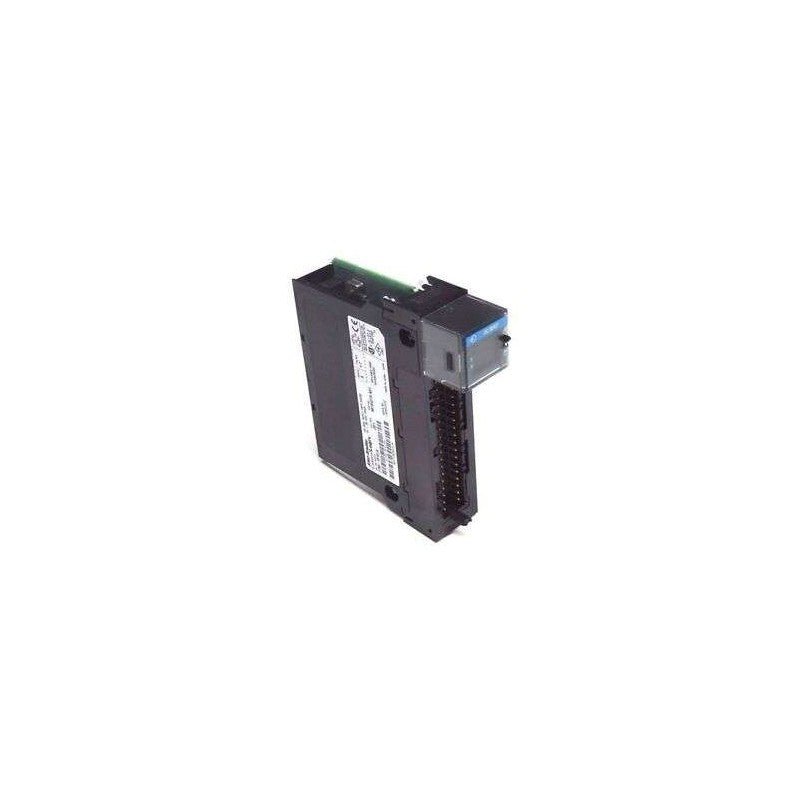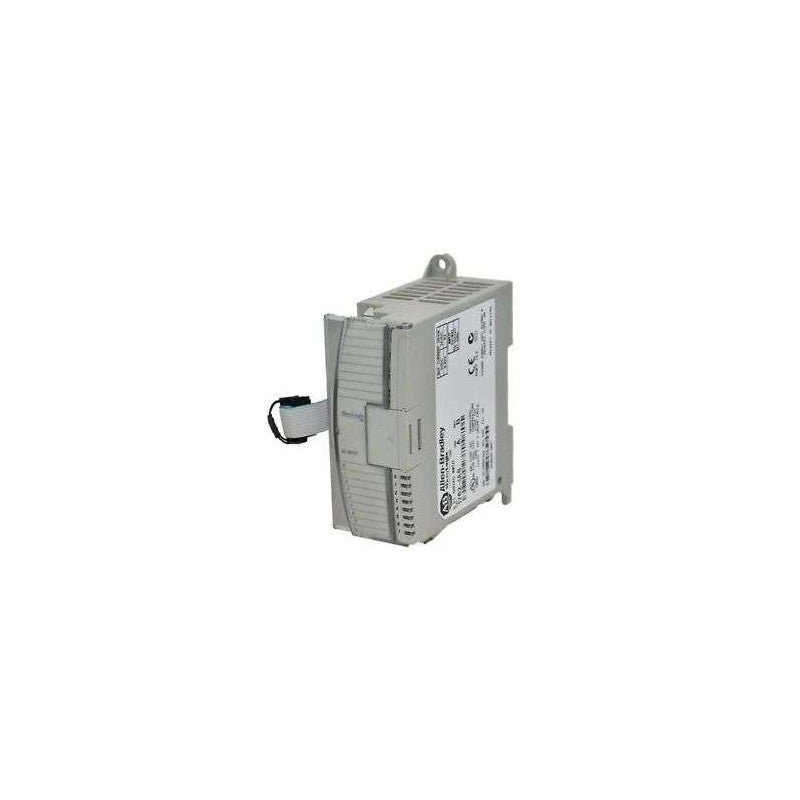1756-OB8 Allen Bradley IO Modules
Automation solutions have come a long way in recent years, and the 1756-OB8 Allen Bradley IO module is one example of the progress being made. This versatile input/output (I/O) module offers reliable communication and monitoring capabilities for your automation systems in a range of applications. In this blog post, we’ll discuss the features and benefits of the 1756-OB8 Allen Bradley IO module, how it can help increase efficiency and reduce cost, as well as how you can use it to maximize productivity. Read on to learn more!
Allen Bradley IO Modules
Allen Bradley IO modules provide an interface between the control system and the field devices. There are various types of IO modules available depending on the specific needs of the application. Some of the most popular Allen Bradley IO modules include:
– Analog IO Modules: These modules convert analog signals from field devices into digital signals that can be processed by the control system.
– Digital IO Modules: These modules convert digital signals from field devices into analog signals that can be processed by the control system.
– Specialty IO Modules: These modules are designed for specific applications such as motion control or process control.
1756-OB8
-OB8 is an Allen Bradley IO module that provides 8 inputs and 8 outputs. It is used for applications requiring more than 4 inputs or outputs.
Specifications
-OB Allen Bradley IO Modules come in a variety of models to accommodate different applications.
-There are eight input/output channels per module.
-Each channel has an LED indicator to show the status of the channel.
-The modules have removable terminal blocks for easy wiring.
-The modules are DIN rail mountable for easy installation.
Installation
1. Installation
Before you can begin using your Allen Bradley IO module, you need to properly install it. This process is relatively simple, but there are a few key steps you need to follow to ensure a successful installation. Let’s take a look at what you need to do:
1) Mount the module in an appropriate location. Make sure that the module is securely mounted and will not come loose during operation.
2) Connect the module to the power supply. Be sure to use the correct type and voltage of power supply for your particular module.
3) Connect the signal wires from the field devices to the appropriate terminals on the module. Refer to your documentation to make sure you are connecting the wires correctly.
4) If necessary, configure the module using dip switches or software tools. This will vary depending on the model of module you have, so consult your documentation for specific instructions.
5) Perform any final checks and tests before putting the system into operation. Once everything is installed and working correctly, you’re ready to start using your new Allen Bradley IO module!
Operation
1. Operation
Allen Bradley IO Modules are used to provide input/output (I/O) capabilities for controllers and devices. These modules typically connect to the backplane of a controller or device, and provide various I/O functions, such as data acquisition, digital I/O, analog I/O, etc. Depending on the specific module, it may have one or more connectors that allow it to interface with other devices or networks.
Maintenance
1. Maintenance
As with any electronic device, it is important to keep your Allen Bradley IO modules clean and free from dust and dirt. Dust can build up over time and cause the module to malfunction. If you notice any dirt or dust on the module, use a soft, dry cloth to wipe it off. Do not use any harsh chemicals or solvents as these can damage the module.
If you are having difficulty troubleshooting a problem with your Allen Bradley IO module, contact the customer support line for assistance.
















Reviews
There are no reviews yet.